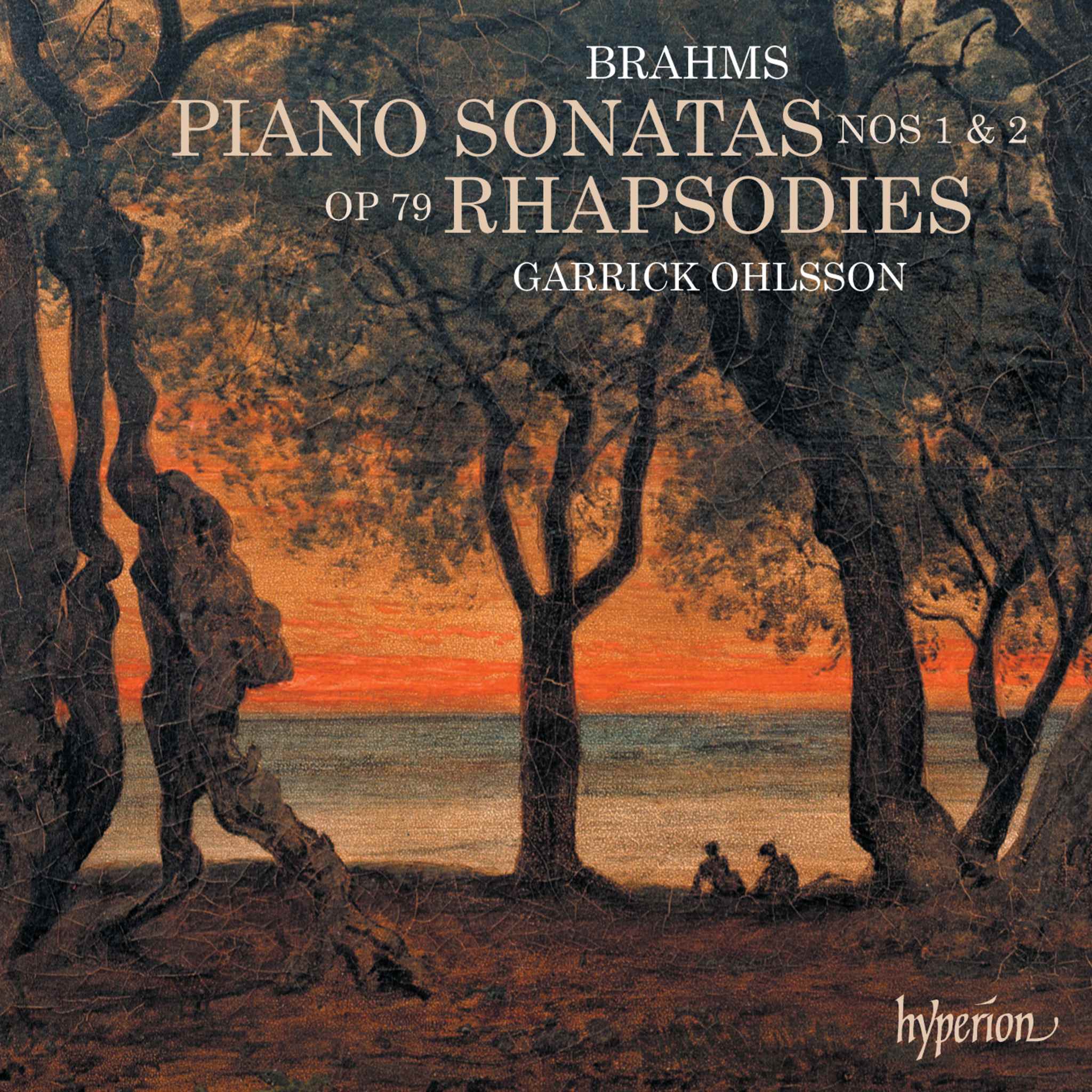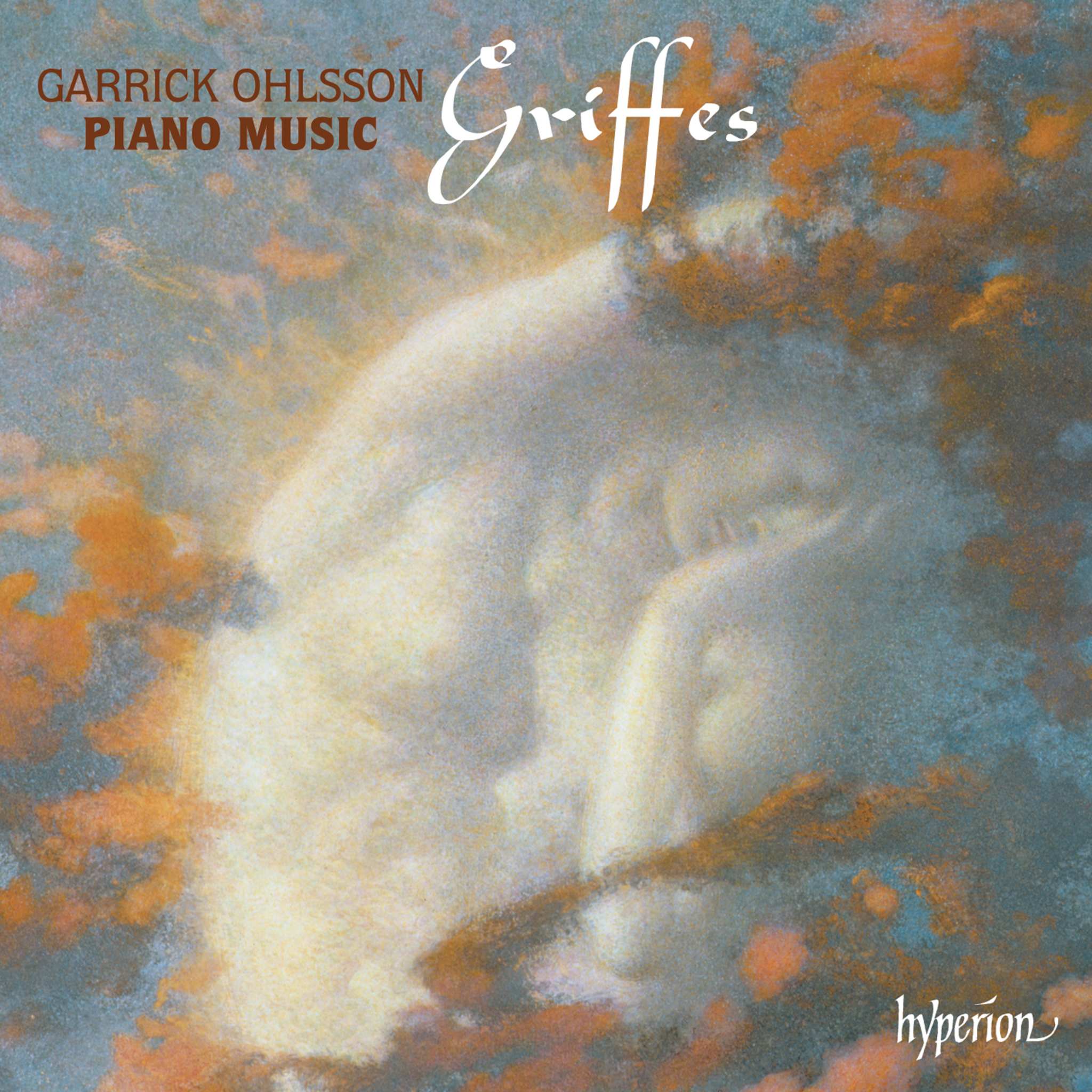Album insights
In his final year, Béla Bartók drafted an introduction for "Béla Bartók Masterpieces for the Piano," discussing his notable Fourteen Bagatelles (1908). These pieces marked a departure from the romantic piano music of the 19th century, embracing a new style void of unnecessary ornamentation, relying solely on strict technical means. The title of this set of six short pieces directly references Beethoven's three collections of Bagatelles, literally suggesting works of minor importance. Despite their brevity, Bartók's pieces represent significant steps in the evolution of his musical language, particularly showcasing a new approach to setting Hungarian and Slovak folk melodies in Bagatelles 5 and 6.
Bartók's radical tonal approach is evident from the start with the first Bagatelle, each hand marked with different accidentals: four sharps for the right, four flats for the left hand. This experimentation with bitonality, one of the first by a European composer, reflects Bartók's later statement that the piece, composed essentially in C, is heavily influenced by the Phrygian mode. The chromatic melody framing the playful second Bagatelle, supposedly in D-flat, expands through repeated major second intervals, serving as a symmetry axis. In the third Bagatelle, the right hand continuously repeats a swirling chromatic figure, creating a mist-like atmosphere, contrasted by the expressive and sparse melody of the left hand emphasizing the tone F-sharp in tension with the home key of C.
The following two pieces feature Hungarian and Slovak folk melodies. The fourth Bagatelle, a Hungarian song noted in 1907, tells the story of a cowherd falling asleep next to his cows, only to wake and find them missing, while the fifth, a Slovak melody heard in Grlica in 1908, narrates a pretty boy planting a white rose outside a singer's house. Both melodies are based on the pentatonic scale, influencing Bartók's composition style, especially seen in the rapid fifth Bagatelle employing an ostinato figure based on the G minor seventh chord in the first section.
The slow sixth Bagatelle in B-flat can be envisioned almost as a three-part choral piece, where the melody wanders from alto to bass over sustained fifths and thirds. Among the longer pieces in the collection is the seventh Bagatelle in F-sharp with tempo changes reminiscent of folk performance, exuding capriciousness. The rapid pentatonic motif played mostly on black keys by the left hand, later transitioning to quartal motives, can be interpreted as mimicking folk fiddling.
Considering Bartók began working on his first string quartet in 1908, it's possible that the contrapuntal structure of the expressionistic eighth Bagatelle—where a lower voice anticipates the higher melody—might have been intended for this ensemble. The subsequent pair of Bagatelles includes the playful number 9, featuring mainly unison hands, and the brilliant, daring number 10, anticipating motifs similar to "The Miraculous Mandarin," a work Bartók completed after World War I.
Introduced to Debussy's music in 1907 by his friend Kodály, Bartók delved into its study. This influence is palpable in the moody eleventh piece with its numerous parallel quartal chords. The twelfth Bagatelle is remarkable for its accelerating tone repetitions forming the prelude to a gentle lulling melody and swiftly transitioning figurations filling the free melodic line—an early glimpse into Bartók's "Night Music" style seen in later works.
The closing pair of Bagatelles, titled "Elle est morte" ("She is dead") and "Valse: ma mie quie [sic] danse" ("Waltz: my beloved who dances"), allude to Bartók's love affair with the young violinist Stefi Geyer (1888–1956) from 1907-08. Reflecting on their relationship, Bartók composed a violin concerto for her, incorporating an ascending four-note arpeggio motif that appears in both bagatelles: towards the end of the mournful number 13, contrasting E-flat minor and A minor chords in the left hand, and framing the grotesque waltz in D major, where the motif dynamically shifts between hands at rapid tempos.
Bartók composed "Allegro barbaro" in 1911 during the premiere of "Duke Bluebeard's Castle." The title, though not original to Bartók, reflects a sense of foreignness, wildness, and lack of refinement. The piece's publication in the radical artistic journal "Nyugat" suggests a deliberate choice of words, delving into the realm of Hungarian poet Endre Ady, who mentions the eruption of "ancient barbarism" in his poem "Echo of Old Songs."
"Allegro barbaro," spanning 224 bars, incorporates Hungarian, Romanian, and Slovakian influences without direct folk music references. After the mechanistic hammered chords in F-sharp minor, a melodic motif emerges, circling two pairs of tones (A-G and A-B), which is repeated a perfect fifth higher. Similarly, the ensuing section, fixating on a descending three-note theme, struggles against insistent F-sharp minor repetitions, gradually fading. The composition transitions to a calmer moment where a livelier version of the opening theme appears in F major. Fragments of the second and third motifs resurface, building back the controlled brutality of the opening passage. The piece concludes with vigorous tonic chords and two final strikes, mirroring its incendiary beginning.
Published in 1915, the "Romanian Folk Dances" quickly became one of Bartók's most beloved works, particularly in the orchestrated version completed in 1917. The six movements feature dance melodies transcribed by Bartók in 1910 and 1912, covering a spectrum from a stick dance for young men to a fast-paced dance called "Mărunţel."
The aftermath of World War I saw the temporary establishment of a Soviet republic in 1919, which Bartók encountered as a member of the music directorate, alongside the subsequent counter-revolution leading to Admiral Horthy's reign as regent of the Kingdom of Hungary. These tumultuous times personally and professionally challenged Bartók, coinciding with Hungary's fragmentation following the Treaty of Trianon, ceding territories to Romania, Czechoslovakia, and Yugoslavia.
Following his work on the ballet "The Miraculous Mandarin" in 1918-19, Bartók entered a period with relatively few compositions. Among his few works in 1920 are the "Eight Improvisations on Hungarian Peasant Songs," experimental piano arrangements of traditional tunes, with Bartók recording only two of the eight melodies. The lyrics resonate with Bartók's mood, especially the final piece suggesting the futility of working in winter, advocating instead for staying in bed with one's spouse.
Arranged in four groups, these improvisations explore various technical issues indicated in their titles, such as chords together and against each other, staccato and legato performance, alternating time meters, triplets, quartal and syncopated rhythms, whole-tone rows. Some pieces draw inspiration from folk sources, either fictional or authentic, capturing a range of emotions from mournful contemplation to extreme exuberance.
Bartók's "Mikrokosmos" Volume V, part of his "Miniature World," features pieces that slightly lag in compositional and technical complexity behind those in Volume VI yet explore similar musical models and themes. Addressing specific technical challenges, the pieces cover various musically related topics and Hungarian folk sources, offering a rich tapestry of Bartók's tonal language and compositional skills.







